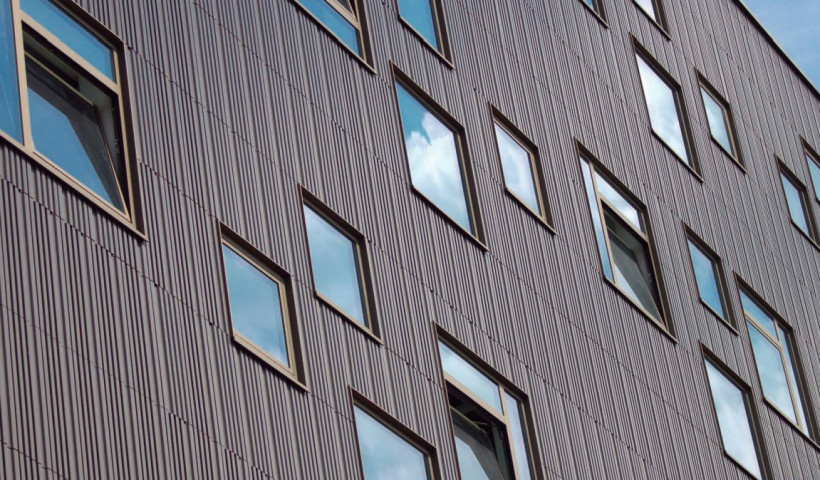 NEW
NEW
With such a large cost associated with tiling bathrooms, it is important to invest in products that are fit for purpose, to avoid future problems.
Tileworks can help designers identify and choose the right tiles for wet areas and install them correctly in accordance with the New Zealand Building Code.
They have a great range of compliant tiles from Cinca called NovaArquitectura & Arquitectos that can be perfect for wet area walls. This is a coordinated modular floor and wall tiling system mainly used commercially, with a number of tiles from within the range conforming to the required sections of the building code for wall tile water absorption criteria.
E3/AS1 s3.1.2
There is a little known but important fact that is often ignored in E3/AS1 s3.1.2 for Walls, where it says:
“The following linings and finishes to walls satisfy the performance for impervious and easily cleaned surfaces in areas exposed to watersplash:
- a) Integrally waterproof sheet material (e.g. polyvinylchloride) with sealed joints
- b) Ceramic or stone tiles having 6% maximum water absorption, waterproof grouted joints, and bedded with an adhesive specified by the tile manufacturer as being suitable for the tiles, substrate material and the environment of use.”
Water Absorption
Natural stone and most tiles have the capability to absorb water. The structure of the tile and the way it has been manufactured will determine how much water it can absorb. For example, handmade terracotta tiles, are fired at low temperatures, resulting in the body of the tile being porous, and therefore having a high water absorption rate of about 15%. This is significantly more than a porcelain tile which is 0.5% or less.
Most instances of water absorption in tiles will take place in showers, bathrooms, kitchens and outdoor areas.
As a leading installer of tiles, Tileworks sees specifications for non-compliant tiles far too often — largely “white glazed wall tiles”. These tiles are being sold to customers without the proper disclosure about the tiles and their suitability in wet areas.
Why is this a problem?
In addition to not conforming to acceptable building standards (E3/AS1 s3.1.2), there are several reasons as follows:
- Tiled surfaces with grout are not impervious to moisture — this is why walls and floors in showers are waterproofed prior to laying tiles.
- If a non-vitreous tile is installed in a shower, it is likely to absorb and retain moisture. Moisture cannot escape through the waterproof membrane nor through the tile glazed surface and therefore remains constantly wet, thus significantly reducing the adhesive bond strength (by up to 50%), causing the tile to dislodge easily if knocked.
- The tile can discolour — especially white tiles (see second image above)
- Unhygienic mould can grow under and within the tile
The team at Tileworks takes care of tiling projects from start to finish — sourcing materials from around the world, designing a solution that fits the space (including wet areas), and managing the installation.













 New Products
New Products









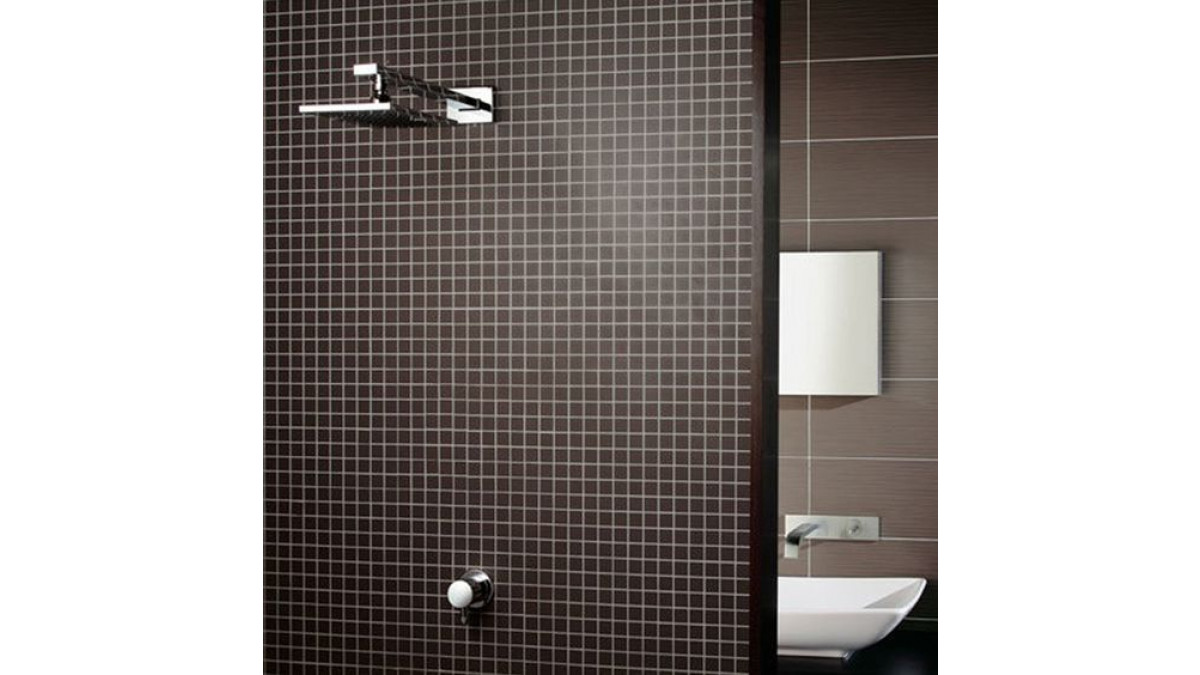
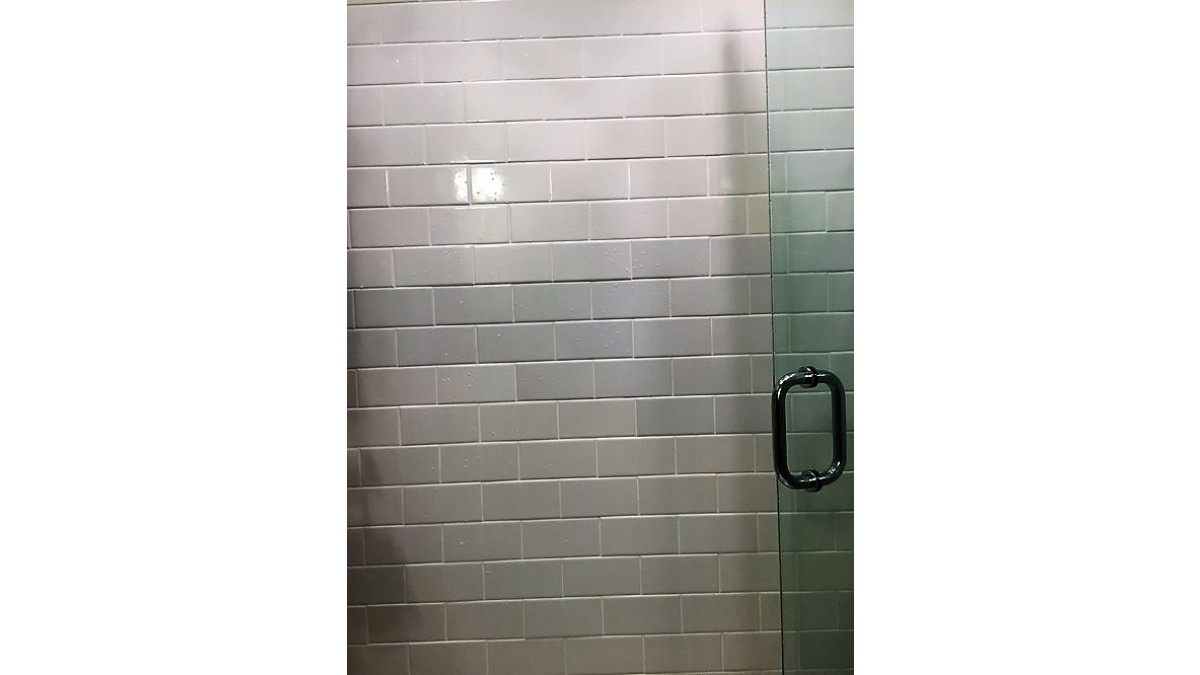
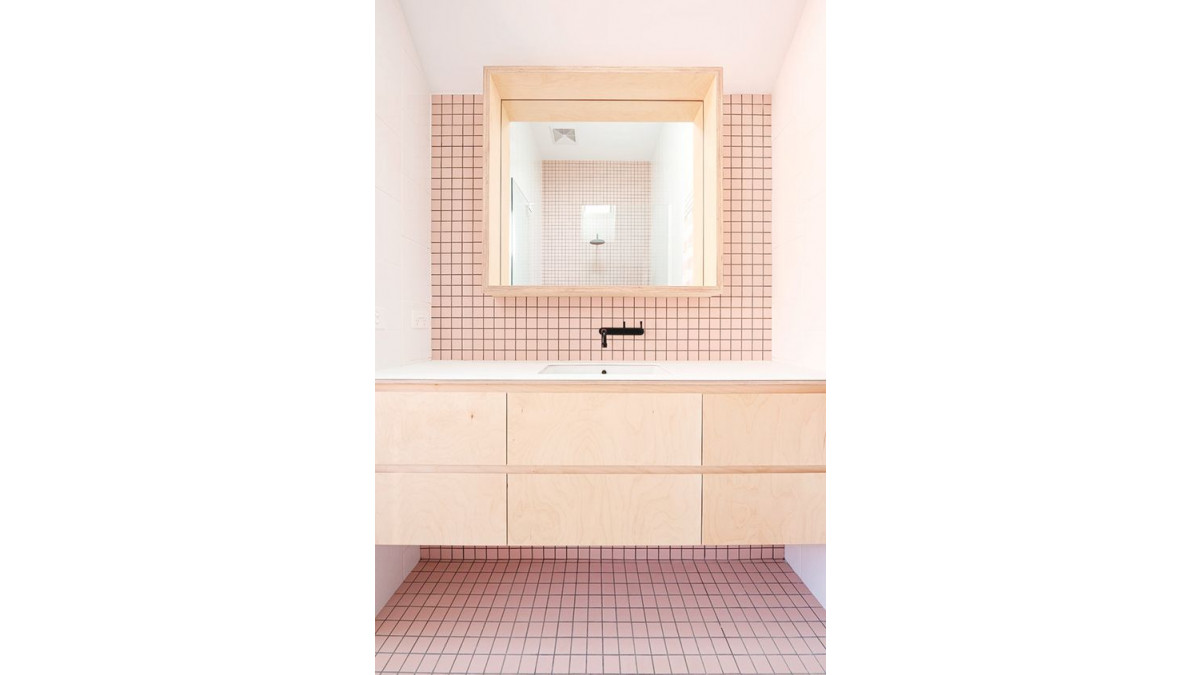
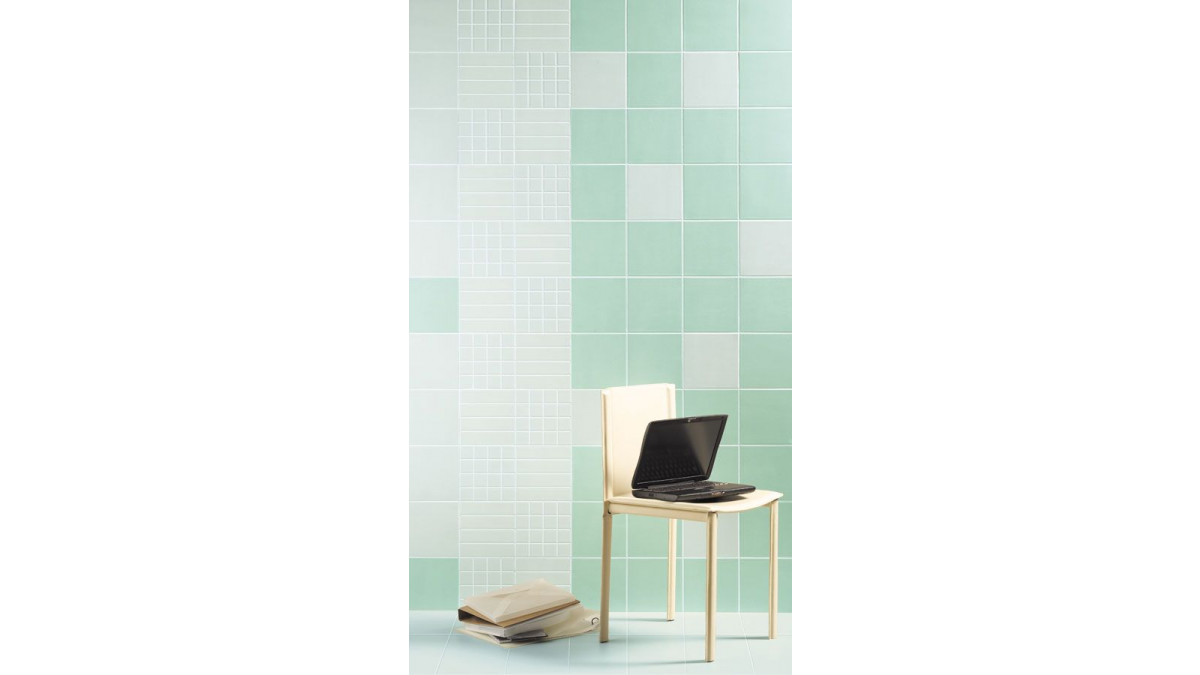
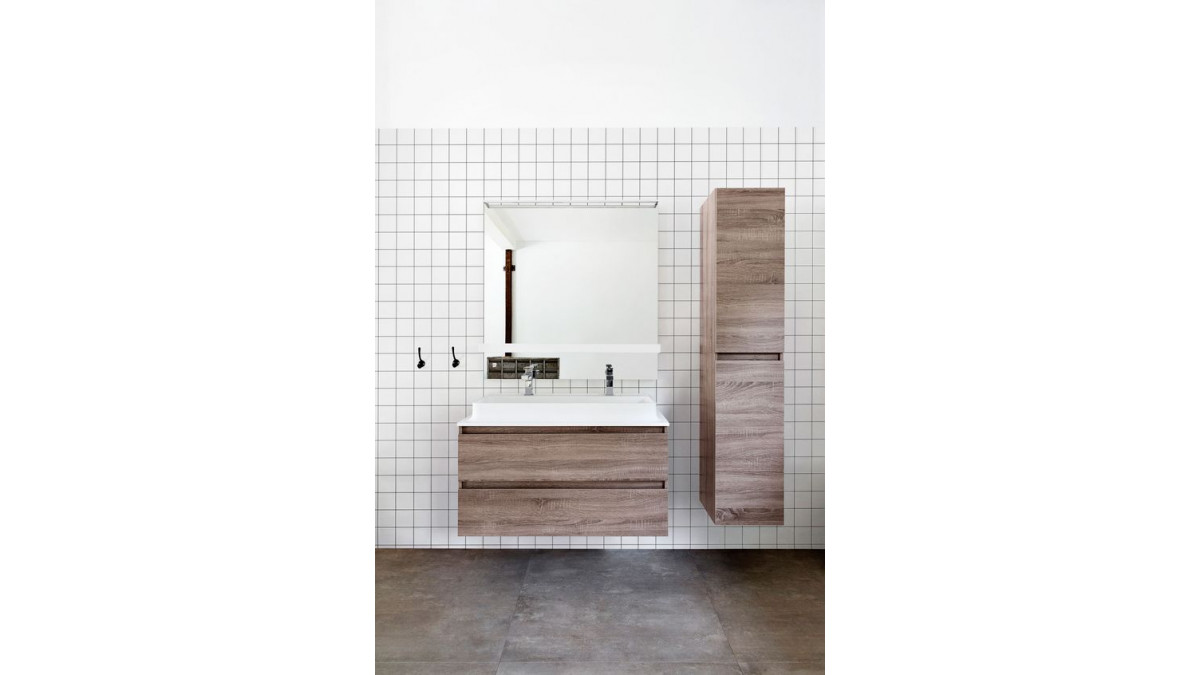

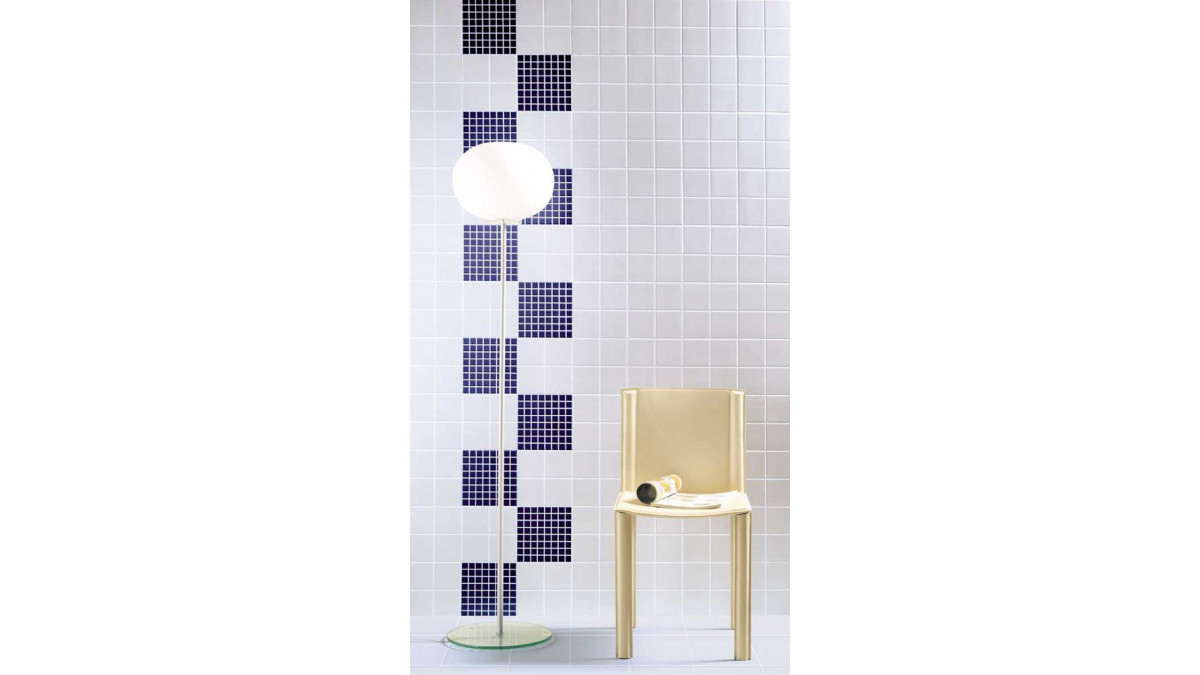


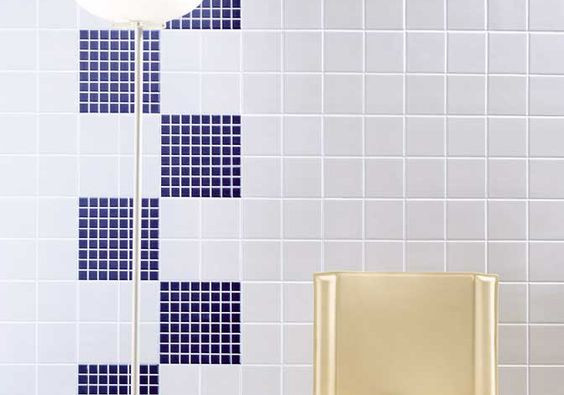

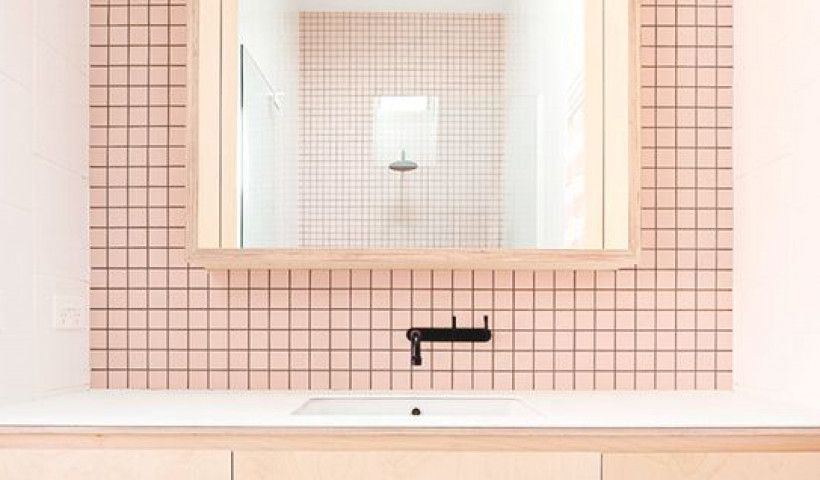
 Popular Products from Tileworks
Popular Products from Tileworks


 Most Popular
Most Popular


 Popular Blog Posts
Popular Blog Posts
